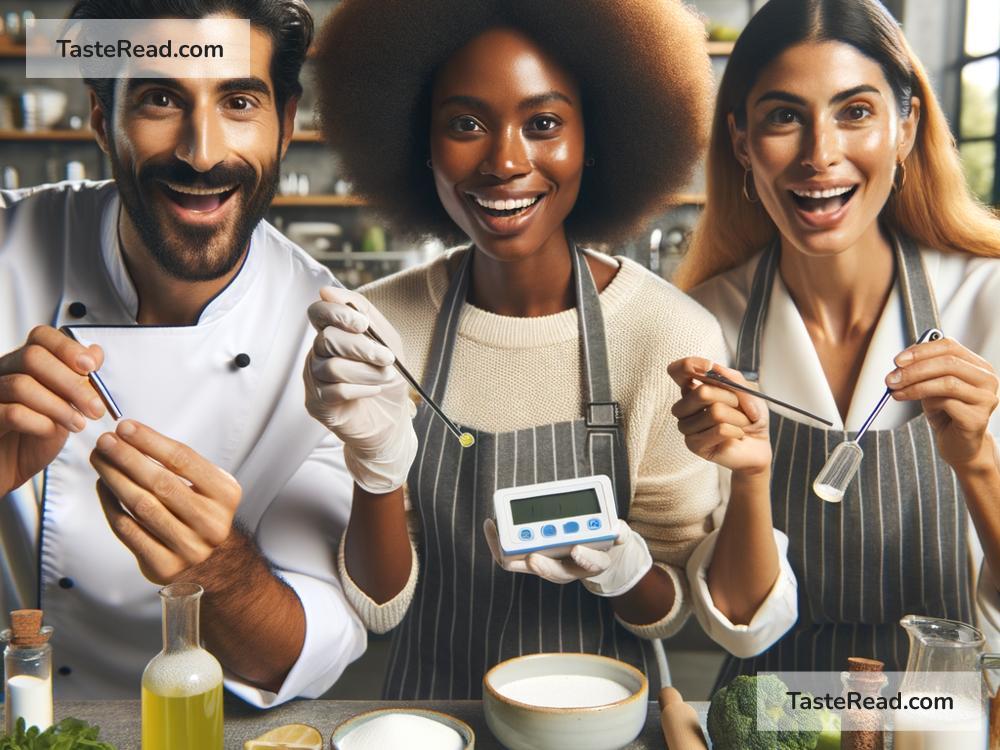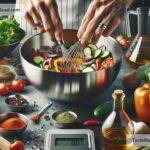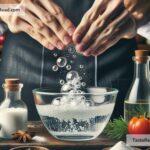The Science of Cooking with Chemical Determination: Techniques and Tips
Cooking is an art, but it’s also a science that involves chemistry. Every time you prepare a meal, you’re making changes to the chemical structure of food—whether you’re baking bread, frying an egg, or marinating meat. Understanding how food reacts to heat, liquids, and chemicals can help you cook better, tastier meals. In this blog, we’ll explore the science behind cooking and some techniques and tips to help you make more informed choices in the kitchen.
Why Chemistry Matters in Cooking
Chemistry is the study of how substances interact and change. In cooking, these changes happen constantly. For example:
- Heat transforms food: Baking, boiling, frying, and grilling all use heat to break down proteins, fats, and carbohydrates, creating new flavors and textures.
- Chemical reactions create flavor: The Maillard reaction, caramelization, and fermentation are examples of chemical processes that make food delicious.
- Ingredients interact: Adding acidic or alkaline ingredients can change the texture and taste of food.
When you cook, you’re essentially conducting a science experiment in your kitchen!
Key Chemical Processes in Cooking
Let’s break down some of the most common chemical processes that happen when you cook.
- The Maillard Reaction (Browning)
Ever wonder why browned meat or toast has such a rich, savory flavor? That’s thanks to the Maillard reaction. When proteins and sugars are exposed to heat, they combine to create hundreds of new flavor compounds. This is why searing a steak or roasting vegetables tastes so much better than boiling them.
Tip: For the best browning, make sure your food is dry before cooking and use high heat. For example, pat a steak dry with a paper towel before putting it on a hot pan.
- Caramelization (Sweetness)
Caramelization happens when sugar molecules break down under heat, creating new flavors and colors. This is what gives caramel its distinct taste, and it also happens when you roast sweet vegetables like carrots or onions.
Tip: To enhance caramelization, cook sugar-rich foods slowly and evenly. If you’re making caramel, be patient—too much heat too quickly can burn the sugar.
- Protein Denaturation (Cooking Meat and Eggs)
Proteins in food change structure when heated, a process called “denaturation.” This is why raw steak turns firm and juicy after cooking, and why eggs solidify. Denaturation also happens when you add acids, like lemon juice, to raw fish to make ceviche.
Tip: For perfectly cooked proteins, invest in a meat thermometer and aim for the ideal temperature (e.g., 145°F for medium-rare steak).
- Fermentation (Yeast Work)
Fermentation is a process where bacteria or yeast convert sugars into alcohol or acids. This reaction is key for bread rising, beer brewing, and yogurt production.
Tip: Let your dough rest for enough time so yeast can work its magic, but don’t overdo it, as over-proofed bread can collapse.
Understanding pH in Cooking
The pH level of foods—how acidic or alkaline they are—plays a big part in cooking outcomes. Here are some common examples:
- Acidity tenderizes food: Acidic ingredients like vinegar, lemon juice, or yogurt break down proteins in meat, making it softer in marinades.
- Alkalinity affects browning: Adding baking soda (an alkaline) to recipes speeds up browning reactions and enhances flavors.
Tip: Use acidic marinades sparingly on delicate proteins like fish because too much acid can “cook” them and make them mushy.
The Role of Temperature
Cooking is all about managing heat. Too much can burn your food; too little can leave it undercooked. Heat affects every chemical process in the kitchen—from melting butter to caramelizing sugar.
- Low and slow vs. high heat: Cooking at lower temperatures (e.g., braising) allows proteins and fats to break down gradually, resulting in tender meat. High heat (e.g., frying or grilling) gives foods a crispy texture.
Tip: Preheat your pan or oven for even cooking, and use a thermometer to track temperatures precisely.
Using Cooking Techniques to “Control Chemistry”
Here are a few practical ways to use chemistry for better results in the kitchen:
Marinating
When you want to tenderize meat or infuse it with flavor, marinating combines acidity, fat, and spices to chemically alter the surface.
- Tip: Marinate for at least 30 minutes but no more than 24 hours, as over-marination can cause meat to break down too much.
Baking
Baking often relies on precise measurements and chemical reactions involving yeast, baking soda, or baking powder. These ingredients release gas (carbon dioxide) that helps dough rise.
- Tip: Measure your ingredients carefully, especially leavening agents, which can alter the final texture of baked goods.
Salt Brining
Salt is a powerful agent. When added to water in brining, it draws flavor into food and helps it stay moist during cooking.
- Tip: For chicken or turkey, brine overnight in a mixture of water, salt, and spices.
Final Thoughts
Cooking with chemical determination means understanding why things happen in the kitchen. It’s not just about following recipes—it’s about knowing what’s going on behind the scenes. By mastering these techniques and tips, you’ll be able to take your cooking to the next level while improving flavors, textures, and aromas.
Cooking is science made edible! So the next time you sear a steak or bake bread, just remember—you’re doing chemistry.


